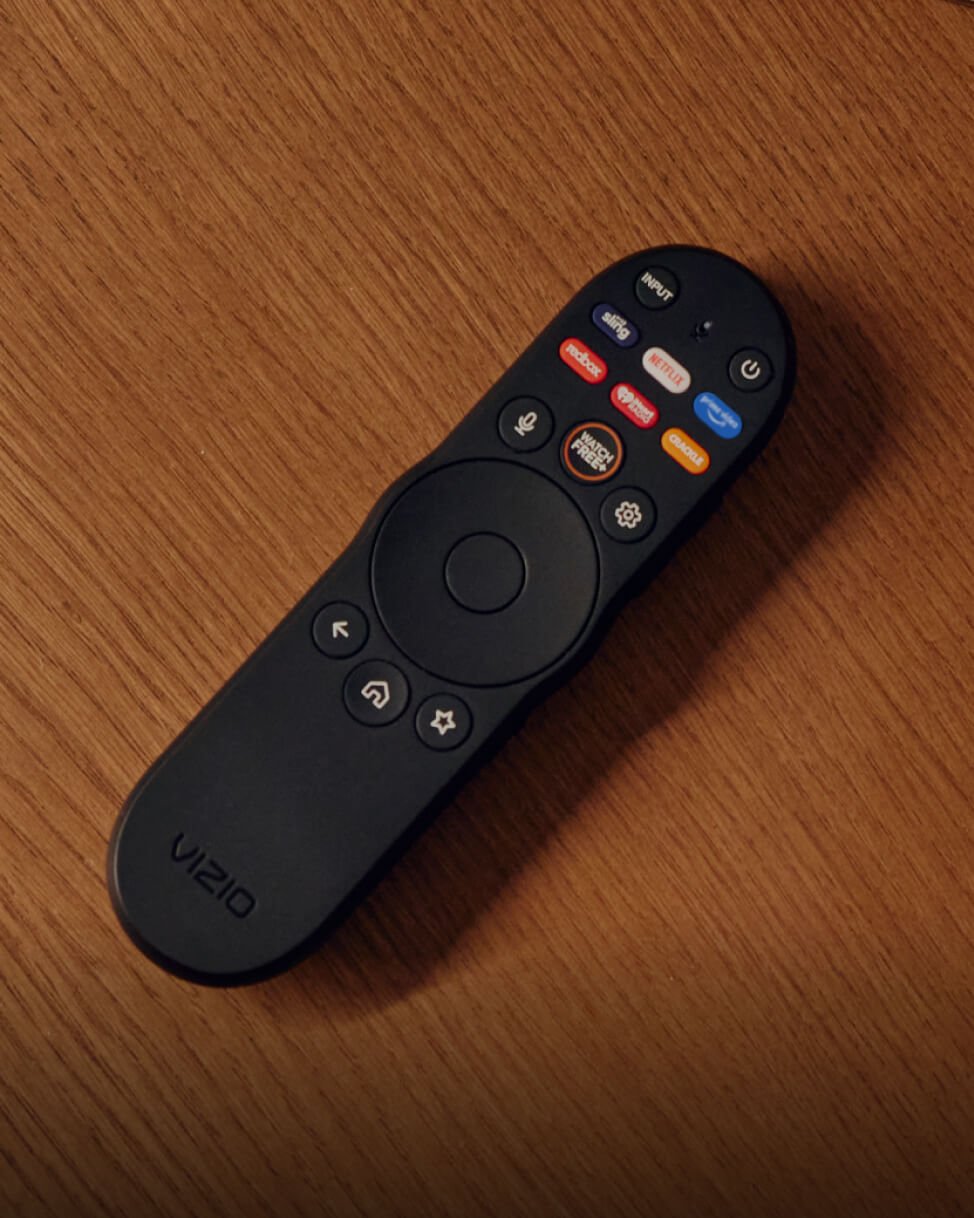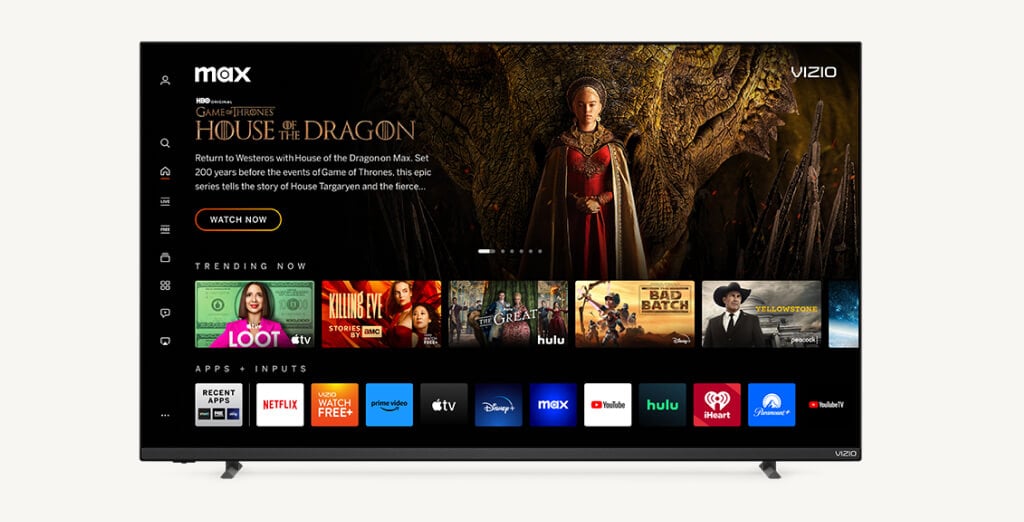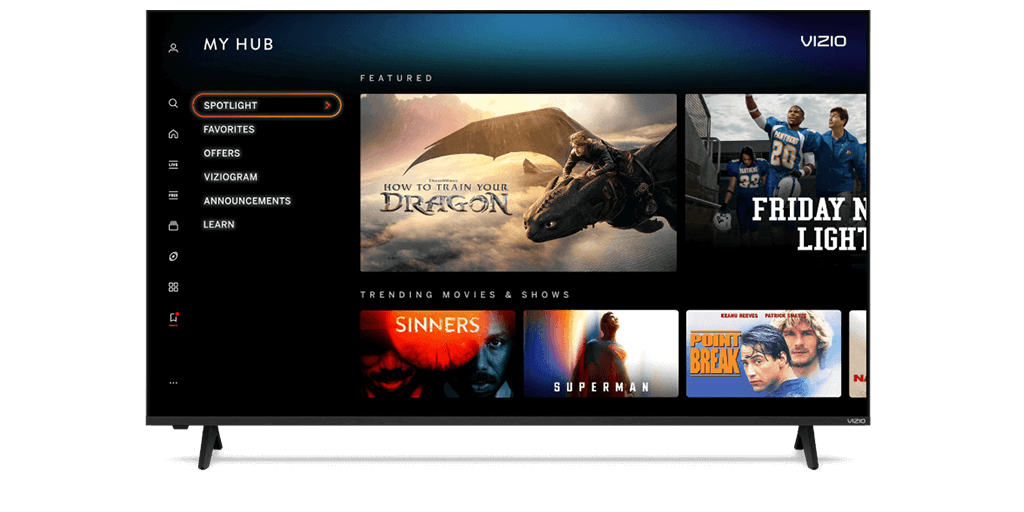California approves new standards on energy-hungry TVs
The Los Angeles Times
By: Marc Lifsher and Andrea Chang
November 19, 2009
Reporting from Sacramento and West Hollywood - California is putting big-screen television sets on a diet.
Starting in 13 months, new TV sets will have to meet energy-efficiency standards that slash the amount of electricity they consume. The regulations also will lower owners' monthly electric bills.
The first-in-the-nation criteria, approved unanimously Wednesday by the five-member California Energy Commission, is aimed at cutting the amount of electricity used by new high-definition TVs of up to 58 inches by a third starting Jan. 1, 2011. More stringent rules that take effect Jan. 1, 2013, would create a cumulative 50% power savings.
The standards don't apply to any of the approximately 35 million TV sets currently in use in California or units sold in the coming year.
"It's absolutely undeniable the benefits that this has for the people of California," said Commissioner James Boyd, an economist and former chief executive of the California Air Resources Board. "Efficiency is the cheapest and simplest way to save our citizens money, to provide a good quality of life and to drive our economy."
Since the sale of flat-panel televisions began to rocket early in the decade, TV-related power usage has more than tripled to 10 billion kilowatt-hours per year, accounting for nearly 10% of residential electricity consumption, said Commissioner Arthur Rosenfeld, a nuclear physicist and UC Berkeley professor.
Opponents called the new rules unnecessary and overbearing, and California consumers gave them decidedly mixed views Wednesday.
Many buyers say they welcome rules that would allow them to enjoy super-sharp pictures without feeling guilty about contributing to global warming.
"It saves energy, which saves the bottom line for the consumer, and for the big picture it helps save the environment," said Younger Hong, 35, a Web developer and teacher. Shopping at a Best Buy store in West Hollywood for a 40-plus-inch TV, he added, "TVs are one of the biggest energy consumers in the house; it's a good start."
But John Mayberry, an audio-video control systems engineer in San Marino, questioned the commission's priorities. "Their prioritization of what to do seems askew," he said. The state could find much more energy savings by going after waste in the antiquated electric transmission system, he said. Other critics have denounced the TV regulations as just one more instance of meddling by "nanny government."
The new regulations were fought by the Consumer Electronics Assn., a leading trade group based in Arlington, Va. "Simply put, this is a bad policy: dangerous for the California economy, dangerous for technology innovation and dangerous for consumer freedom," the group said.
In a statement, the association argued that the regulations would lead to higher prices, lost retail jobs and a decline in state tax revenue.
Continuing to improve the efficiency of high-definition liquid crystal display, plasma and newer types of TVs should be voluntary, the group argues, saying that arbitrary standards could stifle innovation.
For example, plasma television manufacturers have managed to cut power usage for the popular 42-inch sets by about a fifth in the last year without government mandates, according to the Plasma Display Coalition, an industry group.
The regulations should have little effect on consumers for at least the first two years, commissioners said. About three-quarters of TV sets now in stores already comply with the 2011 standards, and 25% meet the tougher 2013 threshold.
But, the commission, with support from some manufacturers, expects that technological breakthroughs would ensure that consumers have plenty of choices when they shop for high-definition TVs.
"We are in a position to comply with proposed effective dates," said Kenneth R. Lowe, the co-founder and vice president of Irvine-based Vizio Inc., one of the country's leading sellers of flat-panel, high-definition TV sets. Technology improvements, he predicted in a letter to the commission, would keep price increases to a minimum, "a few tens of dollars."
Any increase in the cost of TVs would be offset by savings in owners' electric bills, the commission said. More efficient models are expected to shave about $30 a year off owners' electric bills and collectively save Californians about $8 billion in energy costs by 2021.
Making TV sets more energy stingy would save enough power to supply 864,000 single-family homes -- equivalent to the output of a 615-megawatt, gas-fired power plant, which would cost about $600 million to build, according to the commission staff. That would remove the equivalent of 3.5 million metric tons of carbon dioxide and other greenhouse gases from the atmosphere, environmentalists estimated.
The benefits from such "real, achievable policies" as the television energy standards are a hallmark of California's international leadership in the fight against global warming, Gov. Arnold Schwarzenegger said after the commission vote. The new standards not only are "cost effective" but are "great for the environment" and "good for consumers," he said.
California and its Energy Commission, Schwarzenegger said, have since the 1970s pioneered energy-efficiency standards for various appliances that have allowed the state's per-capita electric consumption to remain flat despite a huge jump in population. During the same period, national per-capita power use jumped by 40%.
The commission was created by state law in 1974 and is charged with such tasks as setting energy policy, siting and licensing power plants and estimating future energy needs. Its five members, who must come from different academic and professional fields, are appointed by the governor to five-year terms and must be confirmed by the state Senate.
Commissioner Rosenfeld said commission regulations have worked well in the past. In the 1970s, he said, the average refrigerator in California consumed 2,000 kilowatt-hours per year of electricity. Now, a typical refrigerator, which costs less and has more consumer-friendly features, uses just 400 kilowatt-hours per year.
Doing the same thing with televisions is crucial because of changing California lifestyles, commission staff members said. Many homes no longer have just one large console in the living room, they said, and often boast three or four other moderate to large-screen sets in bedrooms, kitchens and home offices.
Getting such big savings from more efficient televisions is surprising, said Cory Blevins, 38, another shopper at the West Hollywood Best Buy.
"You think of things like refrigerators or an air conditioner, but you never think of a TV," he said. "When you look at a flat-screen, it doesn't look like there's a lot there. You don't think there's a lot of juice, but I guess there is."
Blevins said he was glad the state was "bringing awareness" to the problem but said he could see both sides.
"We should be left alone to make the right choices," he said. "It's kind of like the Hummer argument. Someone says, 'If I pay for the gas, why can't I drive my Hummer?' But there's other people we have to share the planet with."








































